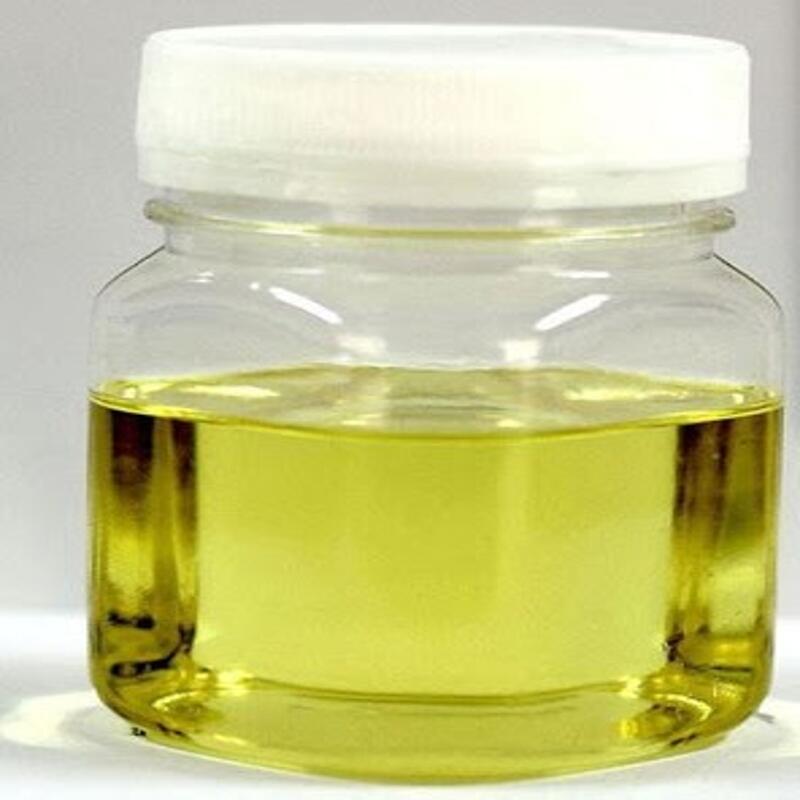-
Categories
-
Pharmaceutical Intermediates
-
Active Pharmaceutical Ingredients
-
Food Additives
- Industrial Coatings
- Agrochemicals
- Dyes and Pigments
- Surfactant
- Flavors and Fragrances
- Chemical Reagents
- Catalyst and Auxiliary
- Natural Products
- Inorganic Chemistry
-
Organic Chemistry
-
Biochemical Engineering
- Analytical Chemistry
-
Cosmetic Ingredient
- Water Treatment Chemical
-
Pharmaceutical Intermediates
Promotion
ECHEMI Mall
Wholesale
Weekly Price
Exhibition
News
-
Trade Service
Metepa is a chemical compound that is commonly used in the chemical industry for various applications.
Synthetic routes refer to the different methods that can be used to produce Metepa, and there are several different approaches that can be taken.
One of the most common synthetic routes for Metepa involves the reaction of epichlorohydrin and para-xylenol in the presence of a strong acid catalyst.
This reaction results in the formation of a crude mixture of Metepa and other related compounds, which can then be purified through various chemical processes.
Another synthetic route for Metepa involves the reaction of sodium hydroxide with chlorobenzene in the presence of a small amount of water.
This reaction results in the formation of a mixture of Metepa and other compounds, which can then be separated and purified through chemical processes.
There are also several other synthetic routes for Metepa, including the use of other chlorinated compounds and the use of different catalysts and solvents.
The selection of a specific synthetic route will depend on a number of factors, including the desired purity of the final product, the cost and availability of raw materials, and the efficiency and economics of the synthesis process.
Overall, the synthetic routes for Metepa are an important aspect of the chemical industry, as they provide chemical manufacturers with a variety of options for producing this important compound.
By understanding the different synthetic routes that are available, chemical companies can optimize their production processes and improve the quality and efficiency of their operations.







